In which Rebecca goes back in time to get back to navigational ‘basics’.
Dear Reader,
I own two contemporary books on navigational instruction, and I’ve read and even understood some of what they contain. So with that in mind it’s as much of a surprise to me as it is to you why I still get so lost almost all of the time.
Recently I managed to find my way to a secondhand bookshop which was closing down. It was full of people, and as I waited just inside the door for some browsing space to become free I spotted a whole shelf of mid-century ‘Teach Yourself’ books at exactly my eye level.
Their jackets, striped black and yellow, reminded me of the more modern – and comparably wasplike – For Dummies series, which first appeared in the early 1990s, over half a century after the first ‘Teach Yourself’ volumes had come to the market.
My prize for queuing to find space in the shop was Teach Yourself Navigation by A C Gardner, published in 1958, which I found I needed to take home not for its instructional content but for this hoot of a sentence inside the dust jacket:
There is no reason whatever why a person of average intelligence, with a minimum of mathematical knowledge, cannot master all the basic theory and principles of navigation from this book.
Well, I think I meet the criteria required to earn the label ‘of average intelligence’, and I am absolutely certain that my mathematical knowledge is at ‘a minimum’. The latter statement, by the way, doesn’t sound like much of a good thing, but let’s just look again at Gardner’s last line:
‘…cannot master all the basic theory and principles of navigation from this book.’
He’s absolutely right. I cannot.
🤯
Still, I felt obliged to teach myself at least something from this book. I settled down with a cup of tea and began to turn its pages.
It wasn’t a great start. The author’s contents-page breakdown of the topics I would encounter in the chapter outrageously mislabelled entitled SIMPLE CALCULATIONS put me at imminent risk of a breakdown of my own.
The chapter’s contents were listed as follows:
Parallel Sailing, Plane Sailing, Mercator’s Sailing.
Great Circle Sailing and use of the Gnomonic chart.
Examples for exercise.
The first paragraph of SIMPLE CALCULATIONS ends with ‘...as we have seen, this is not a difficult matter.’ Other bafflingly hopeful phrases in just the first two pages include ‘this simply means…’, ‘…it is very easy indeed to…’ and ‘…we arrive at the basic formula…’.
Mr Gardner, it seems, has overestimated my ability considerably, although I appreciate his reassurance at the top of page 145 about whatever it was which he’d explained on page 144. ‘This shouldn’t worry’ me, apparently. 🙄
Chapter IX introduces some fascinating characters with the shared job title MODERN NAVIGATIONAL INSTRUMENTS.
Although the names Gyro Compass, Echo Sounder, Radar, Consol, Gee, Loran and Decca might well represent useful additions to the decent wayfinder’s toolbox, I can better imagine them on a list of interviewees for a Bond villain seeking to bring new henchmen onto the payroll, or even as cereal-box characters to rival Snap, Crackle and Pop. 🤔
A C Gardner, had I ever met him, would almost certainly have given me up for lost.
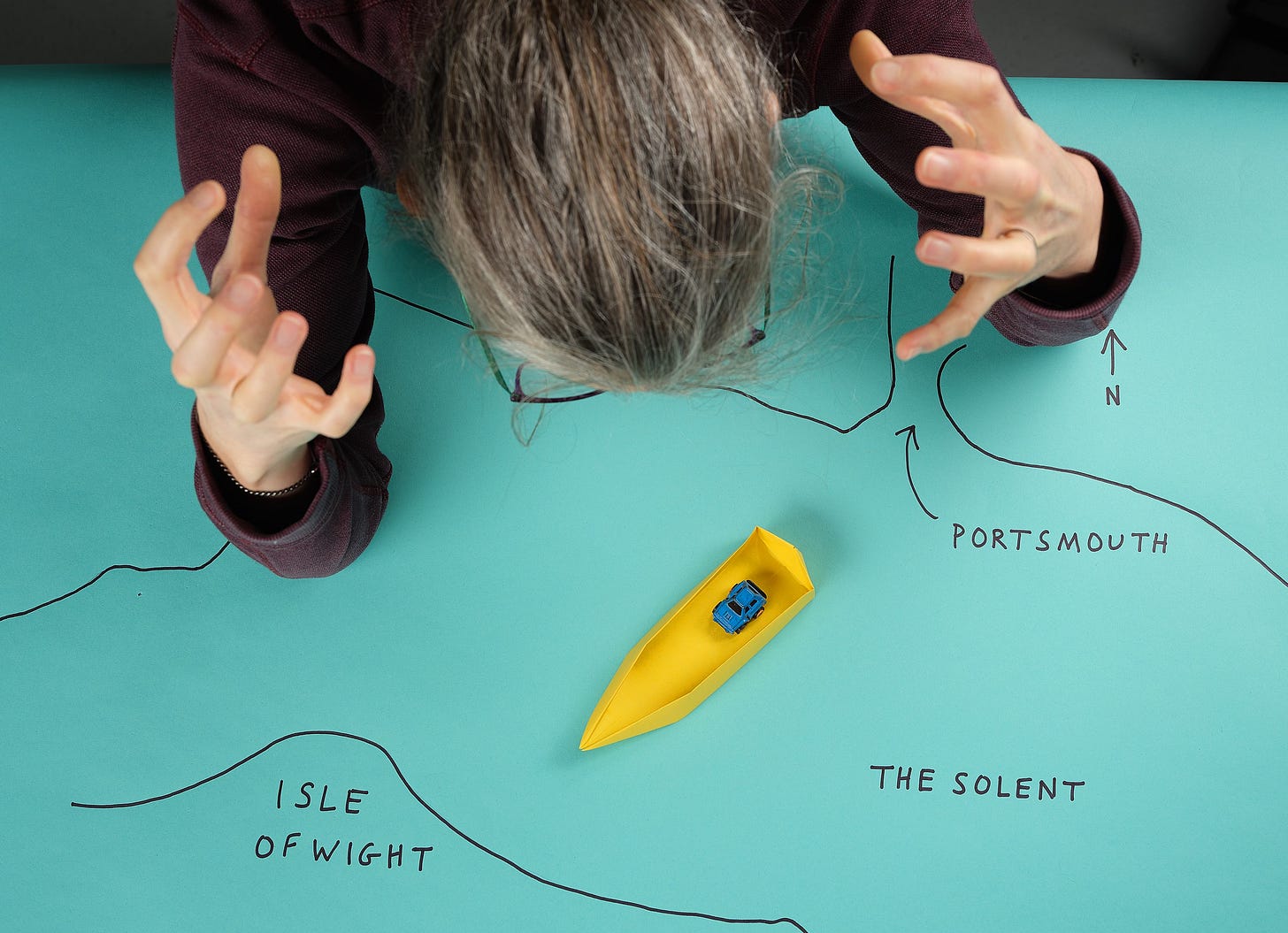
Maybe I need to start with something rather more basic?
Further into the bookshop I found a shelf bursting with an assortment of Ladybird books. Some titles were familiar from the bookcase in my childhood bedroom – The Little Red Hen, Florence Nightingale, The Magic Porridge Pot – but whereas my own collection had comprised mostly storybooks and easy-to-read biographies, the shelves at the bookshop showed much wider scope. With so many books jammed so close together it was hard to pull out just one, and as I eased both Plants and How they Grow and The Ladybird Book of Heath and Woodland Birds from the shelf, this treasure of a find, published in 1967, came with them:
Author Nancy Scott’s introductory words inside the front cover were rather kinder, I thought, than the ones directed at A C Gardner’s presumably more mature demographic.
Maps are fascinating things, and once we have learned to read them they can supply us with much interesting – as well as useful – information.
Everyone needs to read maps at some time, and this book shows how easily they can be understood.
🙌
I love this constructive language. Maps are fascinating – even to me, a dyed-in-the-wool disorient – and I appreciate Scott’s reminder that ‘everyone needs to read them at some time’. I will – I do – need to read maps, and a book which ‘shows how easily they can be understood’ is exactly what I need.
And so what if Ladybird books are intended for children? 🤫
My last navigational find was a fabulous Geographia road map from London to the coast. Its makers rated the 19-strong range of national maps highly, going to the lengths of listing no fewer than seven ‘great advantages over other maps’. Here are my favourites:
They are absolutely up-to-date, the whole series having been completely revised in 1921.
And:
Golf links are shown in the actual position in which they are situated, with the number of holes indicated.
(I’m no golfer, but I appreciate the attention to detail shown by Geographia. Good to know!)
I wonder how I’d get on using this map to find my way around this corner of England? I have the advantage of living within the area covered, which must surely count for something when it comes to not getting lost?
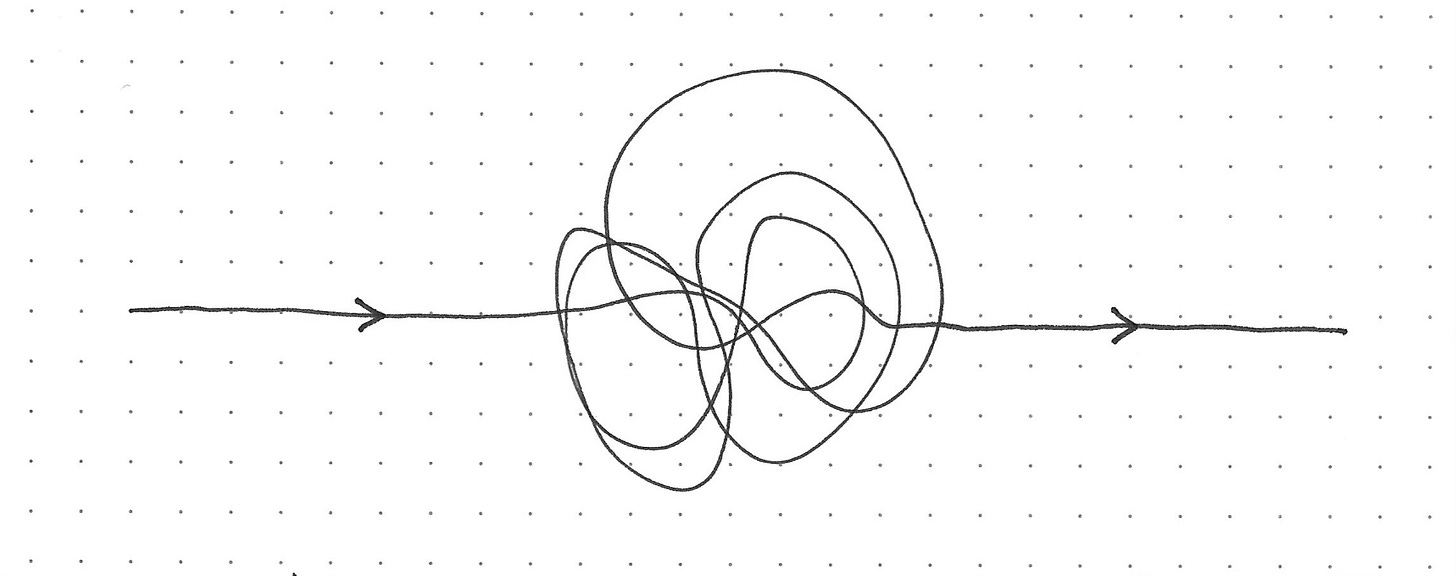
Before I set off, though, I’m going to take a second look at that Ladybird book. It might just help me to understand what on earth it is I’m looking at.
Love,
Rebecca
📚 Regular readers of ‘Dear Reader, I’m Lost' will be no strangers to my ongoing light-hearted correspondence with fellow Brit
of . It’s his turn to reply to me next Wednesday!If you’ve enjoyed this post, please let me know by clicking the heart. Thank you.
And thank you for reading! If you enjoy ‘Dear Reader, I’m lost’, please share and subscribe for free.




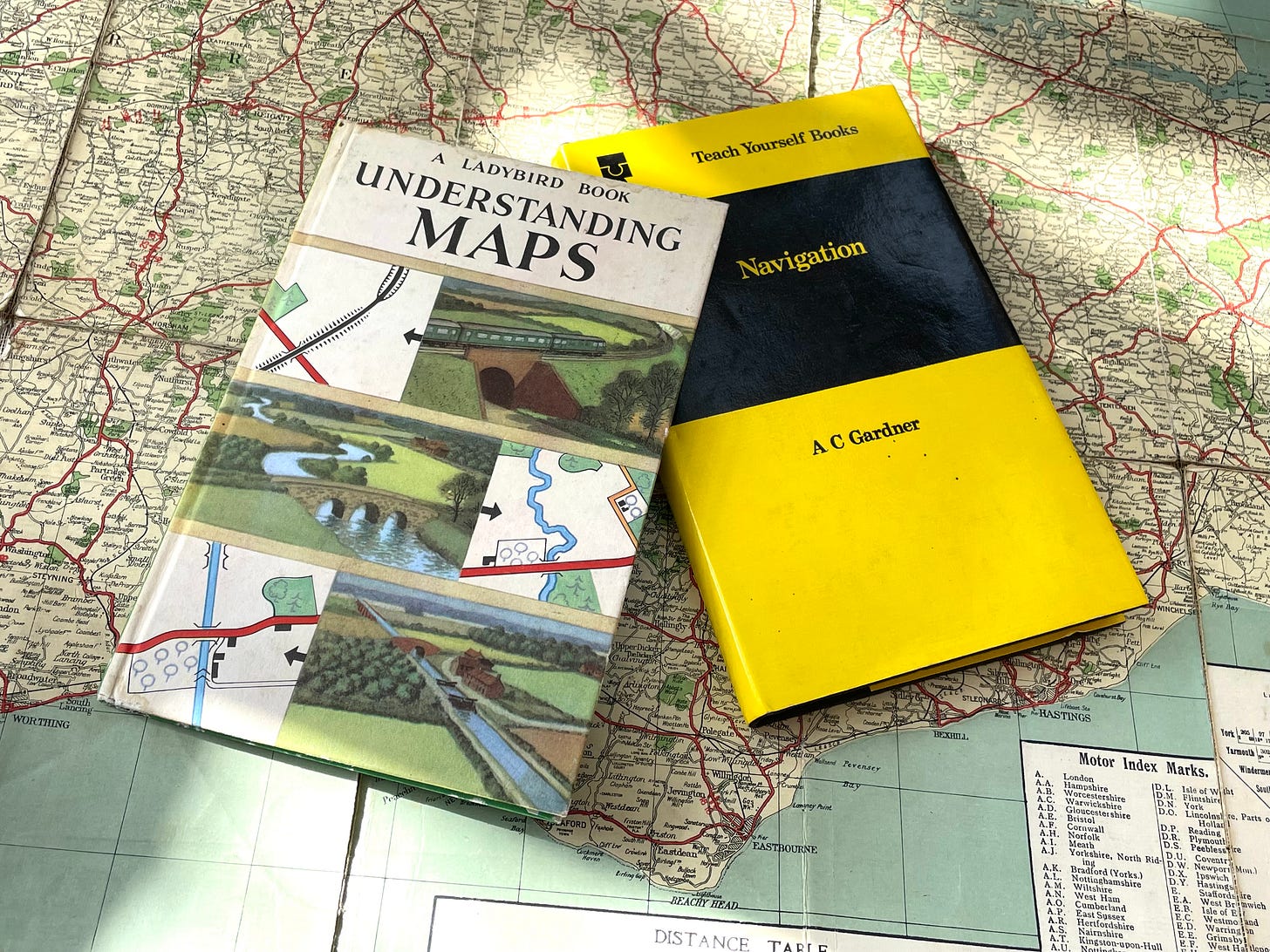
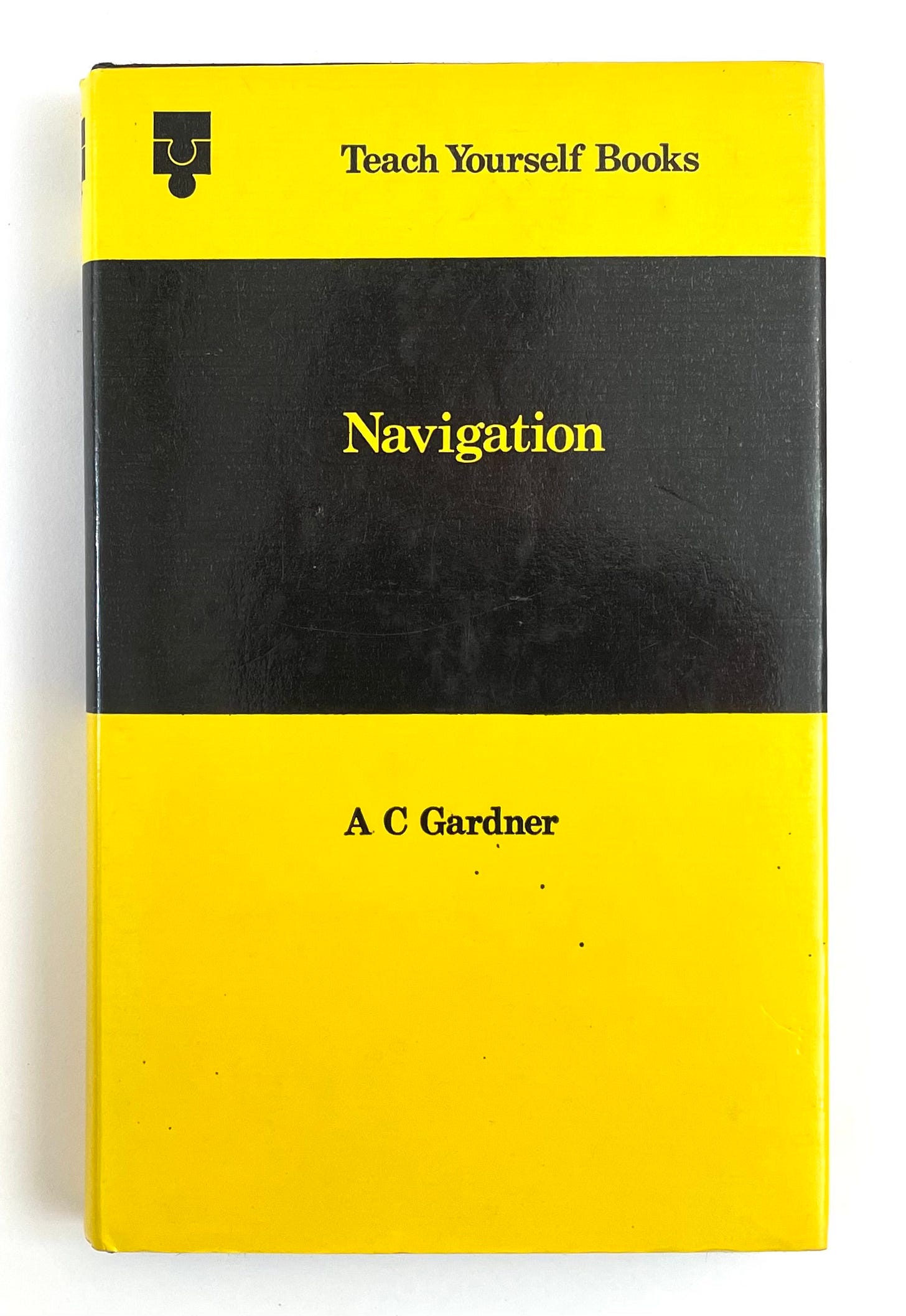
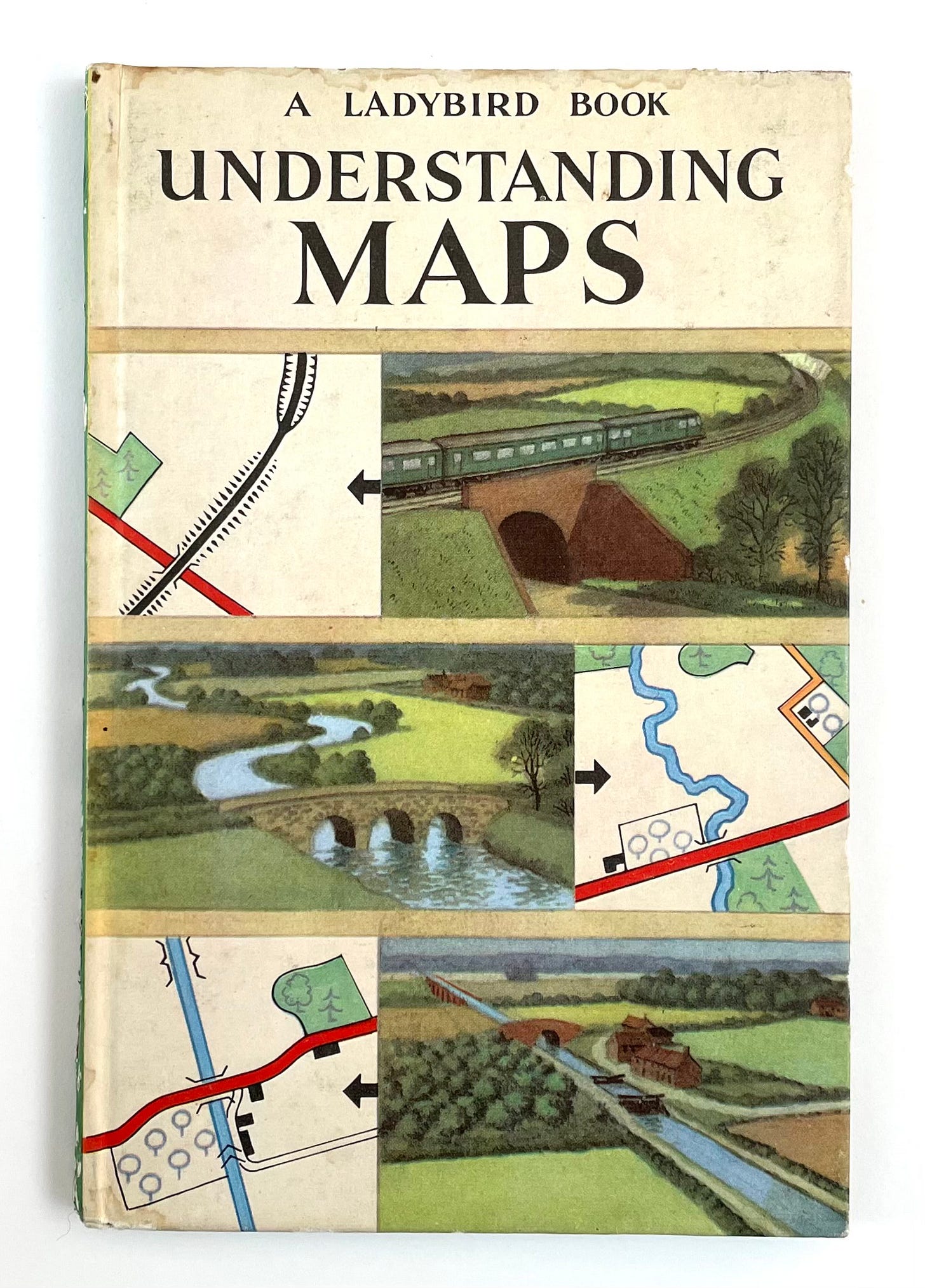

I should think that a childrens' book would be perfect under the circumstances. I LOVE my childrens' books on ballet, dogs and horses. All laid out in simple no-nonsense language. In a matter of months, Rebecca, I have no doubt that you will be walking from John O'Groats to Lands' End without getting lost once!
PS. As a teacher I knew it was NOT helpful to tell your struggling student, "You'll get it, It is easy! You'll see - anyone can do it. This is basic stuff." Your student immediately thinks, " ...if it is so damned easy, why the hell can't I do it? Must be something wrong with me." A surefire way to discourage them. Psychologically, it is so much better to say, "This is hard, I know! But you will do it, I know you will. Just takes a little time."